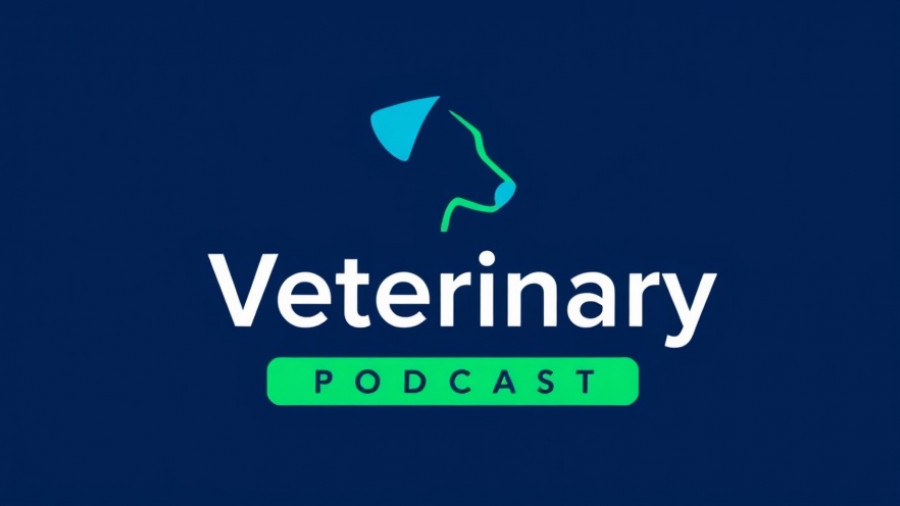
Understanding Veterinary Pain Management
The field of veterinary medicine continues to evolve, particularly in the critical area of pain management. Recently, Dr. Bonnie Wright shared her journey as a veterinary anesthesiologist and pain specialist, emphasizing the importance of education and personal experience in this life-altering field of medical care. Her career was significantly impacted by a life-changing car accident, motivating her to better understand pain in animals and contribute to their welfare.
A New Perspective on Pain
Veterinary pain management is not just about alleviating suffering; it's an essential aspect of ensuring the overall quality of life for pets. As pet owners, we want our furry friends to live comfortably and happily. It is crucial to understand that pain can significantly alter an animal's behavior and emotional state. Professionals like Dr. Wright advocate for a multi-disciplinary approach to pain management, combining pharmacological solutions with alternative therapies such as acupuncture and physical rehabilitation to create tailored pain management plans.
Career Opportunities in Pain Management
For those involved in veterinary medicine—be it veterinarians, technicians, or support staff—there is a growing array of career paths in pain management. Options range from becoming a Certified Veterinary Pain Practitioner (CVPP) to specializing in roles like veterinary cannabis counselor. As highlighted in conversations with industry experts, these certifications not only elevate a professional's qualifications but also significantly enhance their ability to provide high-quality patient care.
The Importance of Holistic Approaches
Today, pet owners are increasingly savvy and aware of their pets' health needs. The demand for veterinary professionals who can offer comprehensive pain management solutions is on the rise. Dr. Wright's emphasis on holistic strategies involving a combination of pharmaceutical and complementary therapies resonates deeply with modern pet owners who want the absolute best for their pets.
How Pet Owners Can Advocate for Their Pets
As pet parents, one of our greatest responsibilities is ensuring that our pets receive the appropriate care and pain management they require. Being proactive in discussing pain management options with your veterinarian can lead to better recovery outcomes and enhanced quality of life for your pets. Utilizing your veterinary team's knowledge and utilizing resources available through professional organizations can help develop an optimal pain management plan for your furry friend.
Future Trends in Veterinary Pain Management
The future of veterinary medicine looks bright and innovative, especially in pain management. Technological advancements, coupled with a growing understanding of animal pain and effective treatment modalities, promise a more compassionate and effective approach to veterinary care in the years to come. As we move forward, embracing new research and credible resources in veterinary pain management will not only empower professionals but will also benefit our beloved pets.
Take Action for Your Pet's Well-Being
In conclusion, understanding pain management and its implications for pets is more critical than ever. By engaging with veterinary professionals and advocating for your pet's pain management needs, you can ensure they lead the happiest, healthiest lives. Dr. Bonnie Wright's insights serve to remind us of the importance of this field and the opportunities available for aspiring veterinary professionals.
 Add Row
Add Row  Add
Add 


Write A Comment